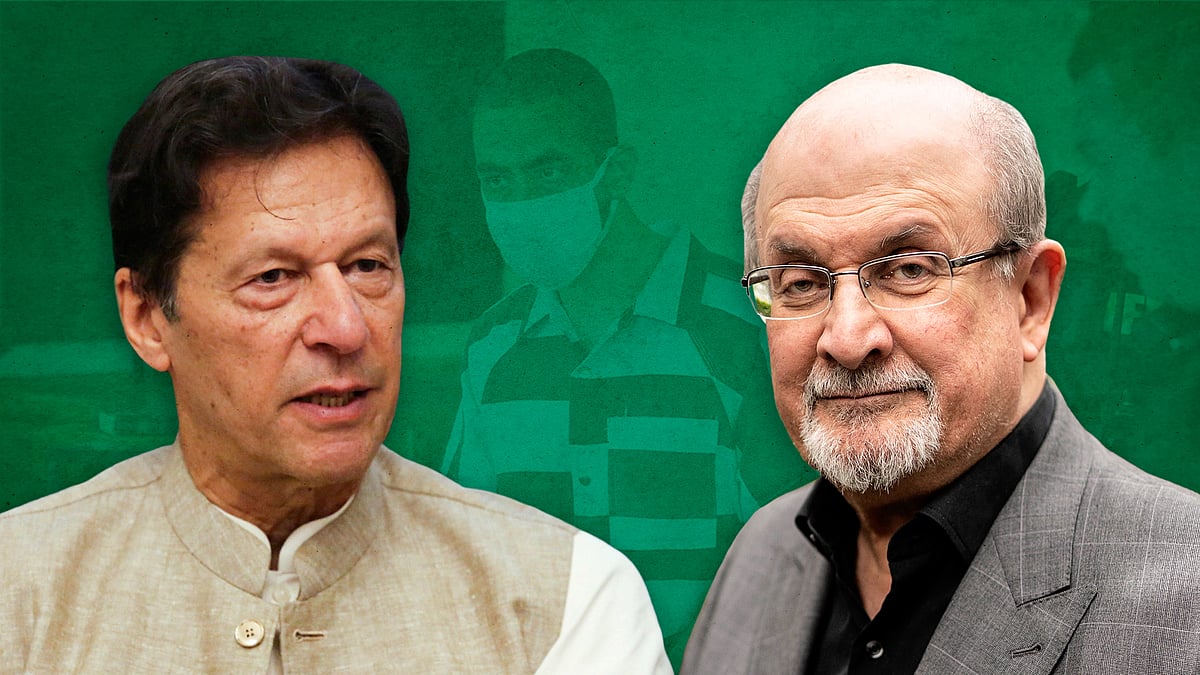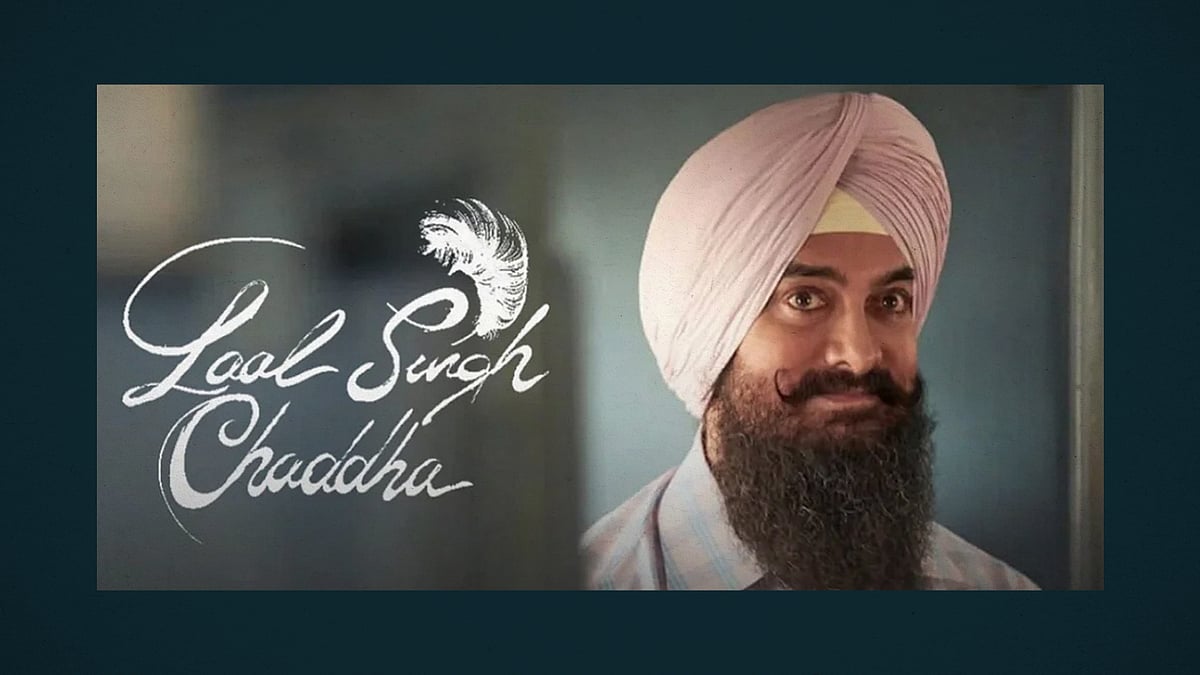Acknowlwdgements: Shantanu Basu
This evening, we had a very depressing conversation with our advocate son. I asked him to react to today's release of six convicts in the Rajiv Gandhi assassination case and committing Gautam Navlakha to house arrest. Our son did not comment on either of these cases. However, what he narrated put us to shame first as humans, than as Indians.
A 18-19 year old girl student, alleged to be an SFI activist, was picked up from her home by the police in the winter of 1976-77. Today her 93-year old mother appeared before the metropolitan judge after our son took up her case. The mother was not even able to recall the month and year of her daughter's arrest, 47 years ago, save for saying it was a very foggy winter evening. The girl was charged under a Draconian Emergency act with innumerable charges against her. Forty seven years later, neither has the police filed its final report nor submitted a charge sheet and she remains jailed without even a lawyer to take up her case. Instead, they requested three more months that the judge allowed. The mother told the judge that her daughter was now close to 70 years old, suffering from terminal bone cancer and badly wrinkled owing to prolonged incarceration and insect bites inside a dark cell for close to a half century.
In another case, a man was picked up by the police sometime in 1987, allegedly framed by his employers in a factory labour dispute. Again, courtesy our son who took this case, the matter came up for hearing. During the hearing the judge asked him how long he had been incarcerated. The man remembered 1987 and said the last newspaper he read was in 1986 and was not even aware of happenings in India since then. He had lost his wife to cancer and his only child, a son, in the past 35 years. With tears welling in his eyes, he told the judge he wanted to be released to spend time with his grandson who he had never seen. He was even willing to mortgage all his agricultural land to raise surety for his release. In mid-2022, the police finally filed a charge sheet, 35 years later, that my son said will not stand the test of law and requested the judge for bail. The matter is now listed for a fortnight later.
In a third case, a mother tried to lodge a missing person complaint with the police when the latter picked up her son one night from their home in 2007; he was never found. The only memory she has of her then 7-8 year old son was a stuffed teddy bear that she brought to the court. After running from pillar to post, finally she approached our son's senior who marked this case to our boy. During an early hearing request, the police said they were still looking for the missing person and would file a final report in DUE COURSE, after 15 years. The court will hear the case again after about two months.
Having heard the case descriptions, I realized that what my son was alluding to was the high profile of the Gandhi convicts and Gautam Navlakha when there were lakhs of people rotting in jail, who did not have the profile and/or means of either of those named earlier nor have had any charges pressed against them after 20-30+ years. And these are mainly helpless indigent people that the State is slowly killing. The judiciary remains a mute witness with 3-4 crore criminal cases pending hearing/decision across India.
We wholly empathised with our son when added that in the lower criminal courts, the accused line the corridor leading to the respective court and fall at the feet of lawyers to save them, loudly crying and beseeching the state for mercy. It is a matter of national shame that the judicial process itself has turned into a life term once a person is arrested, irrespective of the gravity of the crime.
Judges no longer have the moral right to punish an accused who has already been in jail for 20+ years, that too mostly for petty crimes. Yet, very few judges muster courage enough to release the accused on bail, even when the relevant criminal law provides for bail (SC says it is a rule) where no charges are filed by the State within 90 days. Indian jails are hell holes with huge overcrowding, disease and absence of medicare and other basic human amenities. What is even more depressing is the fact, that the police is routinely exonerated of all responsibility on the grounds that the investigating officer has superannuated, PPs transferred or retired, jurisdiction of police stations having changed, records not available, witnesses are dead and a multitude of other very lame excuses. Yet, seldom do courts pass strictures on police and PPs. This only emboldens them to prolong a case till a prisoner dies and evade all responsibility for closing a case, either by exoneration or by charge sheet.
State govts. and GOI have absolutely no business to preach on human rights, either at home or abroad with such abominable record. UCC can come later. What needs to be TOP PRIORITY for a new govt. should be to enforce the provisions of criminal law and release all prisoners on bail, that have done over 10 years' jail time (except cases of violent crime in which charges have been filed) in the first instance, followed by those that have 5-10 years within their first 30 days in office. That will reduce pressure on our crumbling jails and the police force; besides the spectre of limitless incarceration will deter repeat wannabe offenders.
Essential reforms in the police force, that have been bandied for decades, such as providing a captive investigation and prosecution wing for each police station need to be implemented. There is no point in raising the number of judicial posts without commensurate reforms in police administration.
Accountability and punishment for police personnel too should be legislated and strictly enforced so that arrest and jail without investigation no longer remains the path for State repression and fostering fear. Likewise, for promotion, judges must fulfil specific QRs such as adjournments granted, quality of judgements (to be examined by retied eminent judges on random basis), etc. must be implemented.
We are rightfully proud of our son who, in addition to his other professional commitments, is taking up just cause and bringing them to courts after burning the midnight oil. We wish him all success in his professional life.


 0
0 Reply
Reply





